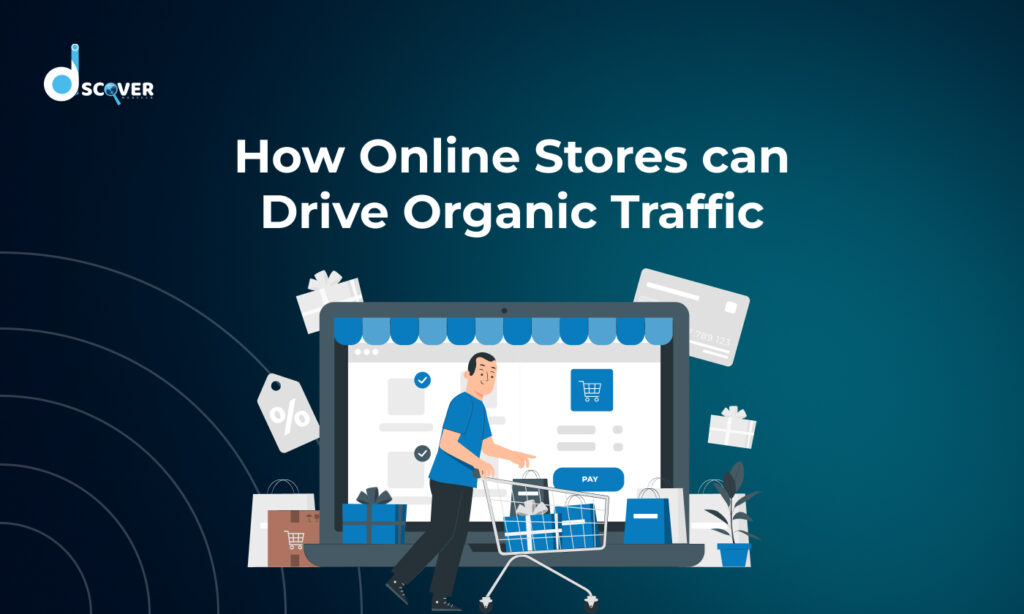
Keywords are the foundation of any successful SEO strategy. They help search engines understand what your content is about and ensure it reaches the right audience. By strategically placing relevant keywords in your website content, meta tags, and headings, you can improve search rankings and drive organic traffic. However, keyword optimization isn’t just about stuffing words into your content—it’s about using them naturally and strategically to enhance readability and user experience. Now, we will explore how keywords contribute to content optimization and why they are essential for SEO success.
What is Content Optimization?
Content optimization is the process of improving your website content to make it more relevant, engaging, and discoverable by search engines and users. It involves strategically using keywords, meta tags, headings, internal linking, images, and readability enhancements to ensure your content ranks higher on search engine results pages (SERPs).
The Importance of Content Optimization in SEO
Content optimization plays an important role in SEO by ensuring that your content is both search engine-friendly and valuable to users. Well-optimized content improves visibility on search engine results pages (SERPs), making it easier for potential customers to find your website. By strategically incorporating relevant keywords, structuring content with proper headings, optimizing images, and enhancing readability, you increase the chances of ranking higher. Optimized content also improves user engagement, reduces bounce rates, and encourages visitors to stay longer on your site.
What are Keywords and Why Do They Matter?
Keywords are the words and phrases that people use when searching for information online. They act as a bridge between what users are looking for and the content that websites offer. Search engines like Google use complex algorithms to analyze web pages and determine their relevance to specific keywords. By strategically incorporating relevant keywords into your content, you signal to search engines what your content is about, increasing its chances of appearing in search results when users search for those terms. Essentially, keywords are the foundation upon which your SEO strategy is built.
Mastering SEO Keywords: The Foundation of Search Success
Keyword Research
Keyword research is the foundation of any successful SEO strategy. It helps identify the terms and phrases users search for, ensuring content aligns with their needs. By targeting the right keywords, businesses can attract relevant traffic and improve search rankings.
Decoding the Different Types of Keywords:
The world of keywords isn’t one-size-fits-all. They come in various forms, each with its own characteristics and purpose:
- Short-tail Keywords (Head Terms): These are broad, high-volume keywords (e.g., “shoes,” “cars,” “recipes”). They are highly competitive but can attract a large audience.
- Mid-tail Keywords: These are more specific than short-tail keywords (e.g., “running shoes,” “used cars,” “chocolate chip cookie recipes”). They offer a good balance between search volume and competition.
- Long-tail Keywords: These are highly specific, long phrases (e.g., “best running shoes for marathon training,” “used Honda Civic cars for sale in Mumbai,” “easy chocolate chip cookie recipes for beginners”). They target a niche audience and often have lower competition.
- Branded Keywords: These include your brand name or variations of it (e.g., “Nike shoes,” “Apple iPhone”). They are crucial for brand visibility and recognition.
- Latent Semantic Indexing (LSI) Keywords: These are related to your primary keyword and provide context to search engines (e.g., if your primary keyword is “gardening tips,” LSI keywords could be “soil,” “plants,” “fertilizer”).
The Art of Keyword Research:
Effective keyword optimization begins with thorough keyword research. This involves identifying the terms your target audience is using when searching for information related to your content. Numerous tools are available to assist with this process, including Google Keyword Planner, Ahrefs, and SEMrush. These tools can help you discover keyword ideas, analyze their search volume, and assess their competition. Understanding search intent – the reason behind a user’s search – is also crucial. Are they looking for information, products, or something else? Tailoring your content to match the search intent will improve its relevance and effectiveness.
Identifying Search Intent
Understanding search intent (informational, navigational, transactional, or commercial) ensures content aligns with user needs. By analyzing intent, you can create content that directly answers user queries, improving engagement and search rankings. Matching content to intent increases the chances of attracting the right audience and driving meaningful conversions.
Analyzing Keyword Difficulty and Volume
Balancing keyword difficulty and search volume ensures better ranking opportunities. High-volume keywords attract more traffic, but they are highly competitive. Long-tail keywords often have lower competition and higher conversion rates.
Keyword Selection
Selecting the right keywords involves:
- Prioritizing relevance to the content.
- Finding a balance between high and low-competition keywords.
- Using variations to target a broader audience.
Keyword Integration in Content Optimization
Once you’ve identified your target keywords, it’s time to weave them naturally into your content. This involves optimizing various aspects of your web pages:
Title Tags and Meta Descriptions: These are crucial elements that appear in search results. Include your primary keyword in the title tag and a compelling meta description that encourages clicks.
Header Tags (H1-H6): Use header tags to structure your content and incorporate relevant keywords. Your H1 tag should typically include your primary keyword.
URL Structure: Create clean, descriptive URLs that include relevant keywords.
Image Optimization (Alt Text): Use descriptive alt text for images, incorporating relevant keywords where appropriate.
Content Body: Naturally integrate your target keywords throughout the body of your content. Avoid keyword stuffing, which can harm your rankings.
Internal and External Linking: Link to other relevant pages within your website (internal linking) and to authoritative external sources.
Content is King, But Keywords are the Map:
While keywords are essential, they are not a substitute for high-quality, engaging content. Content should be informative, relevant, and address the needs and questions of your target audience. Focus on creating valuable content that provides a positive user experience. Think of keywords as the roadmap guiding users to your kingly content. Without that map, even the most magnificent content can remain undiscovered in the vast digital landscape. Therefore, a harmonious blend of compelling content and strategic keyword integration is the key to unlocking true SEO success.
Measuring Success and Staying Ahead of the Curve
SEO is an ongoing process. It’s crucial to track your keyword rankings, monitor website traffic, and analyze user engagement metrics. Tools like Google Analytics and Search Console can provide valuable insights into your SEO performance. The world of SEO is constantly evolving, with algorithm updates and new trends emerging. Staying informed about these changes and adapting your strategy accordingly is essential for long-term success.
Summary
Keywords are the cornerstone of effective content optimization for SEO. By understanding the different types of keywords, conducting thorough research, and strategically integrating them into your content, you can significantly improve your website’s visibility in search results and attract a wider audience. Remember that SEO is a marathon, not a sprint. Consistent effort, combined with a focus on creating high-quality content, will pave the way for long-term SEO success.



